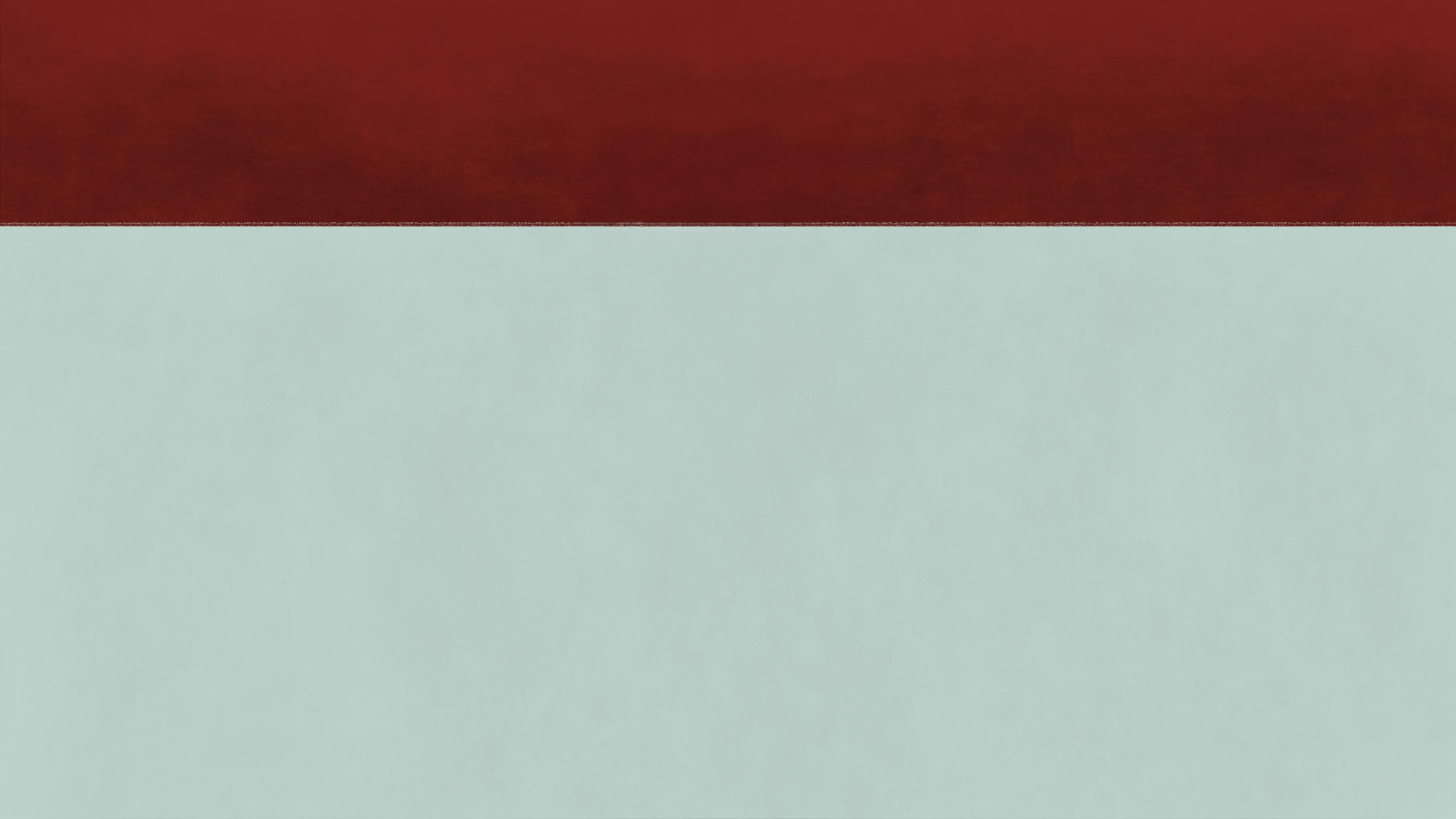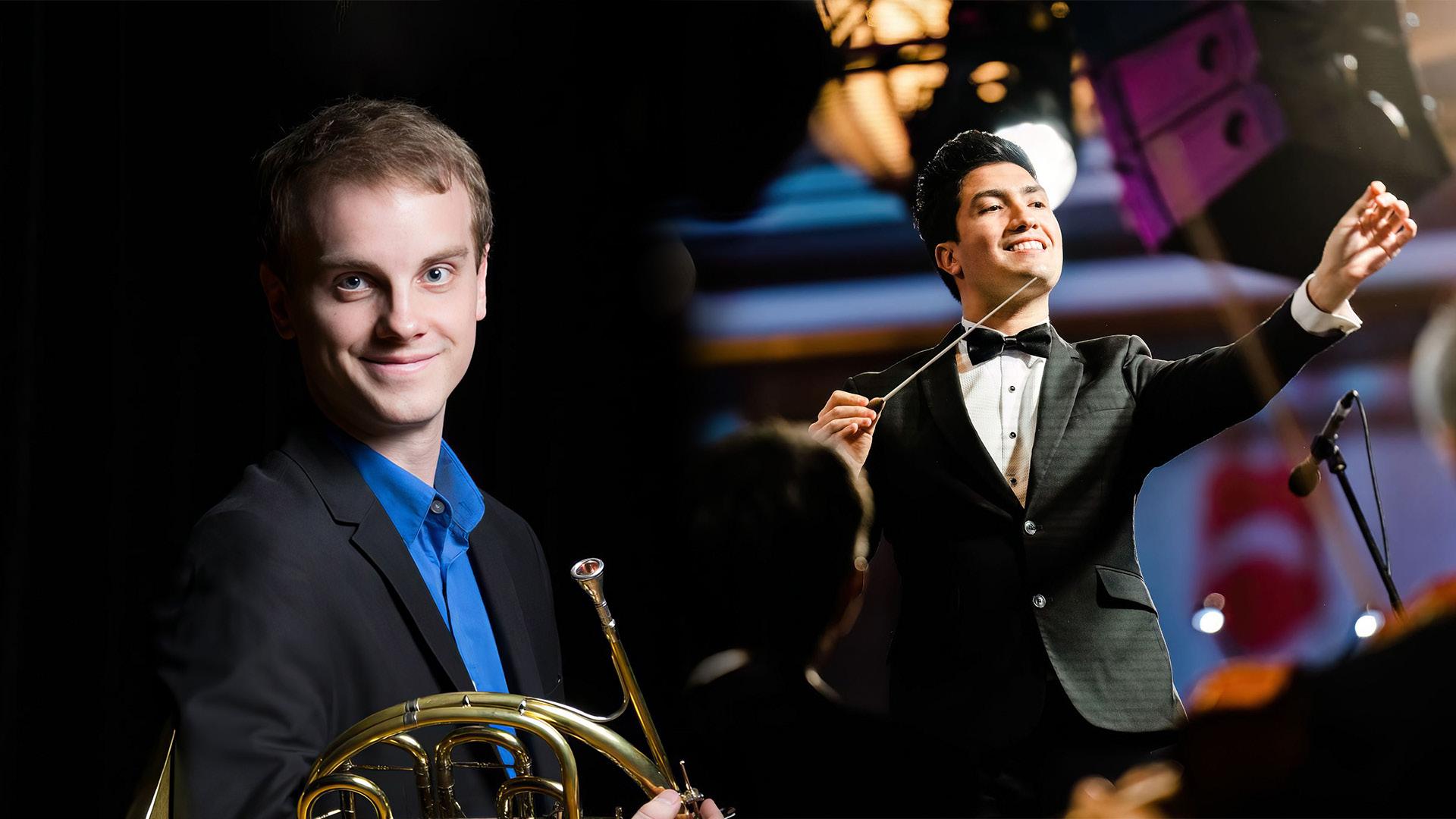Music Knight Music Knight Music Knight Music Knight of the of the SSO BAROQUE FES TIVAL
31 O ct 2024
Victoria Concert Hall



31 O ct 2024
Victoria Concert Hall


31 Oct 2024

Programme
Telemann
Burlesque de Quixotte
17 mins
J.S. Bach
Brandenburg Concerto No. 3 in G major, BWV 1048 10 mins
Intermission 20 mins
Corelli
Concerto Grosso in D major, Op. 6 No. 4 10 mins
Geminiani
Concerto Grosso in G minor, H. 136 (after Corelli Op. 5 No. 5) 9 mins
Vivaldi
Concerto for Strings in G minor, RV 156 7 mins
Concert Duration: 1 hr 30 mins (including 20 mins intermission)


Born in Basel, Willi Zimmermann first took violin lessons at the age of six. In 1978 he gained admission to Sandor Zöldy’s class and eventually attained his teaching and concert diploma with distinction. A scholarship gave him the opportunity to pursue his studies with Sandor Végh and Günter Pichler.
From 1985 to 2007, Zimmermann was leader of the internationally acclaimed Amati Quartet.
He was the Principal Concertmaster of the Musikkollegium Winterthur orchestra from 1992 to 2010, and is currently Concertmaster of the Zurich Chamber Orchestra, a position he has held since 2008. Zimmermann has collaborated with renowned artistes such as Krystian Zimerman, Fazil Say, András Schiff, Rudolf Buchbinder,
Heinrich Schiff, Thomas Zehetmair, Sir James Galway and Pinchas Zukerman. He has also performed as co-soloist with Daniel Hope, Giuliano Carmignola, Patricia Kopatchinskaja and many others. Zimmermann also leads the Berlin Baroque Soloists as Guest Concertmaster.




Since its founding in 1979, the Singapore Symphony Orchestra (SSO) has been Singapore’s flagship orchestra, touching lives through classical music and providing the heartbeat of the cultural scene with its 44-week calendar of events. The SSO is led by Music Director Hans Graf, the third in the orchestra’s history after Lan Shui (1997–2019) and Choo Hoey (1979–1996).
In addition to its subscription series concerts, the orchestra is well-loved for its outdoor and community appearances, and its significant role educating the young people of Singapore. The SSO has also earned an international reputation for its orchestral virtuosity, having garnered sterling reviews for its overseas tours and over 50 recordings, culminating in its 3rd place win in the prestigious Gramophone Orchestra of the Year Award 2021. In 2022, BBC Music Magazine named the SSO as one of the 23 best orchestras in the world.

The SSO performs over 60 concerts a year at such venues as the Esplanade Concert Hall and Victoria Concert Hall in Singapore. Bridging the musical traditions of East and West, Singaporean and Asian musicians and composers are regularly showcased in its concert seasons. Its versatile repertoire spans all-time favourites and orchestral masterpieces to exciting cutting-edge premieres.
The SSO is part of the Singapore Symphony Group, which also manages the Singapore Symphony Choruses, the Singapore National Youth Orchestra, the Singapore International Piano Festival and the biennial National Piano & Violin Competition.



Violin/Leader
Willi Zimmermann
First Violin
Chan Yoong-Han
Ye Lin
Duan Yu Ling
Karen Tan
Foo Say Ming
Cao Can
Second Violin
Xu Jueyi
Tseng Chieh-An
Margit Saur
Nikolai Koval
Shao Tao Tao
Viola
Gu Bing Jie
Yang Shi Li
Dandan Wang
Shui Bing
Cello
Yu Jing
Guo Hao
Christopher Mui
Chan Wei Shing
Wu Dai Dai
Double Bass
Yang Zheng Yi
Jacek Mirucki
Harpsichord
Shane Thio

1681–1767
Overture
Don Quichottes Erwachen (The Awakening of Don Quixote)
Seine Angriff auf die Windmühlen (His Attack on the Windmills)
Die Liebesseufzer nach der Prinzessin Dulcinée (Sighs of Love for Dulcinea)
Der geprellte Sancho Pansa (Sancho Pansa Swindled)
Der Galopp der Rosinante (Rosinante Galloping)
Der Galopp des Esels Sancho Pansas (Sancho Panza’s Donkey Galloping)
Don Quichottes Ruhe (Don Quixote at Rest)
Spanish writer Migel Cervantes’ 17th-century novel Don Quixote de La Mancha tells the story of Alonso Quixano, a member of the lowest nobility, who reads so many tales of knightly chivalry that he becomes mentally unbalanced and takes it on himself to become a knight-errant (a sort of wandering hero), calling himself Don Quixote. Don Quixote then fights imaginary enemies and does great acts of heroic chivalry (in his mind) over a series of episodes, blurring the lines between fantasy and reality. A sort of anti-hero, the audience often knows not whether to laugh at his folly, admire his determination, or feel sorry at his capability for self-deception. Towards the end of the novel, he regains his sanity and becomes once again Alonso Quixano before dying.
Since the 17th century, each age has seen different aspects of the story and found them appealing, leading to numerous operatic and balletic works on the theme, including ones by Salieri, Massenet, Telemann, Purcell, Boismortier, Caldara, de Lalande, Dittersdorf, Burlesque de Quixotte
SSO Baroque Festival: Music of the Knight
Paisiello, Donizetti, Mendelssohn, de Falla, and Philidor. Modern audiences will no doubt be familiar with the 1965 Broadway musical The Man of La Mancha and the 1972 film based on it. Books, stage plays, instrumental works (such as Richard Strauss’s) and songs are too numerous to list.

“
The result was Burlesque de Quixotte, one of the most imaginative of Telemann’s suites.
Telemann, though based in the cold North Sea port city of Hamburg, was a cosmopolitan man and had his finger on the pulse of European fashion. The result was Burlesque de Quixotte, one of the most imaginative of Telemann’s suites. The title of the work (and its movements) is French, and it opens with a French-style Overture. Don Quichottes Erwachen gives us Don Quixote awaking with a French minuet. In Sein Angriff auf die Windmühlen, Don Quixote launches a lively attack on windmills, thinking they are evil giants. Die Liebesseufzer nach der Prinzessin Dulcinée has our hero amorously sighing for his lovely Princess Dulcinea (actually a peasant girl uninterested in him). The knight-errant refusing to pay
SSO Baroque Festival: Music of the Knight
for their stay at the inn, his longsuffering squire Sancho Panza gets caught and tossed into a blanket in Der geprellte Sancho Pansa. Der Galopp der Rosinante depicts the gallop of the tired Rosinante, Quixote’s skinny and wobbly horse. Der Galopp des Esels Sancho Pansas in contrast is an image of Sancho Panza’s donkey, complete with hee-haws. Don Quichottes Ruhe ends the day with Quixote dreaming more dreams of exciting adventures. Telemann was later to return to the same story, writing a serenata (a light one-act opera) Don Quichotte auf der Hochzeit des Comacho (Don Quixote at Comacho’s Wedding) in 1761.
N.B. ‘Quixote’ is properly pronounced in English quick-sot (as in ‘quixotic’). While Modern Spanish has the spelling ‘Quijote’ (pronounced kee-hó-te), it was spelled ‘Quixote’ (pronounced kee-shó-te) in the Spanish of Cervantes’ time, leading to the French form ‘Quixotte’ (pronounced kee-shót).



Johann Sebastian Bach

1685–1750
Brandenburg Concerto No. 3 in G major, BWV 1048
[Allegro]
Adagio in E minor
Allegro


The Third Brandenburg Concerto is essentially a meditation on the numbers three and nine: being scored for three groups of three violins, three violas, and three celli; the tutti are in three parts; the first movement is in three sections and its principal musical figure consists of three notes supported by quavers moving in thirds. Three was the image of the Trinity and hence a sort of perfection—in mediæval music triple metre was referred to as tempus perfectum. Three squared gives nine, and nine is the number of the Orders of Angels, the Spheres of the Ethereal Heaven, and the Muses. Bach’s own Goldberg Variations are based on an allegorical ascent through the nine spheres of Ptolemy’s cosmology.
The allegro first movement seems to be a portrayal of the speculative series of three octaves, which to musical theorists and philosophers of the 16th and 17th centuries represented the universe, symbolised by Apollo’s lyre, so Bach naturally wrote for a string ensemble, demonstrating the structure of the cosmos. Was Bach here depicting the Creation of the Universe? The adagio second movement consists, on paper, of a single measure with two chords forming a cadence, and has puzzled both scholars and

SSO Baroque Festival: Music of the Knight players alike. Performance practice for this has ranged from playing it as-is to improvised cadenze of varying lengths. What does this two-chord cadence mean? Bach scholar Philip Pickett thought it meant duality: Alpha and Omega.
The final allegro is based on rapidly rising and falling figures, and the three celli play in unison throughout, effectively reducing the number of moving parts to seven. Seven was the number of Classical Planets in Astrology—the five planets visible to the naked eye (excluding Earth), plus the Sun and Moon. As such, the movement may represent planetary motion, or the Dance of the Heavens, appropriately following the burst of creative activity in the first movement. What did this have to do with the Margrave? Cosmic harmony was a popular theme when speaking of peace and prosperity brought by wise rulers, and Bach may have meant this concerto both as a compliment and a subtle warning that for all of our earthly talents and greatness, we are still dwarfed by the grand design of the cosmos.





1653–1713
Concerto Grosso in D major, Op. 6 No. 4
Adagio - Allegro
Adagio
Vivace
Allegro - Allegro
The classic Corelli-style concerto grosso has five movements, generally in a fast-slow-fast-slow-fast format, but the Concerto Grosso in D major, Op. 6 No. 4 has only four, and these are in a Arcangelo Corelli
While the idea of a smaller group of solo instruments (concertini) contrasted with a larger ensemble (ripieni) developed in the late 17th century, the first major composer to use the term concerto grosso was the Roman composer Arcangelo Corelli. His 12 Concerti Grossi, Op. 6, were published posthumously in Amsterdam in 1714, and suddenly composers all over Europe were writing concerti grossi. Who was Corelli? Corelli was born in 1653 into a prosperous family of landowners in the countryside between Bologna and Ravenna, and enrolled into the conservatory at Bologna at the age of 13. By 1675 he had moved to Rome and was to play in several groups, including those which premiered the young Handel’s Italian oratorios. Unlike most composers of his time, he wrote no operas or sacred vocal music, preferring to devote himself to instrumental works.

Baroque Festival: Music of the Knight slow-fast-slow-fast format. The opening Adagio sets a grand, if somewhat languid, scene, quickly followed by an Allegro in which the different section chase each other in counterpoint, showing off the contrast between the concertini (soloists) and the ripieni (ensemble). The real slow movement, an Adagio, follows, with seventh chords melting into sixths over a bassline gently descending stepwise. Eager to excite and please, Corelli gives us first an animated Vivace, then an Allegro-Allegro with a very danceable rhythm.



Francesco Geminiani

1687–1762
Concerto Grosso in G minor, H. 136 (after Corelli Op. 5 No. 5)
Adagio
Vivace
Adagio
Allegro


Francesco Geminiani was in his time considered the equal of Handel and Corelli but is sadly too often forgotten today. Born in 1637 in Lucca, Tuscany, he studied music under Alessandro Scarlatti and violin under Arcangelo Corelli before becoming concertmaster at the Naples opera orchestra. In 1714 he set off to England with Barsanti, establishing himself as a virtuoso violinist, playing his own violin concerti for King George I with Handel at the keyboard. He settled in London, where he taught students, gave concerts, and had a side gig as an art dealer. Tartini called him Il Furibondo (the Madman) on account of his fiery and passionate playing.
Arriving in London, Geminiani discovered that the city was obsessed with his teacher Corelli. Published in that same year, Corelli’s 12
Concerti Grossi Op. 6 so pleased an orchestra of London amateurs that they could not stop themselves playing through all 12 in a single sitting. Yet these were Corelli’s only published works, so the public hunger was hardly satisfied. Seeing a plum opportunity both to make some quick money and establish his own name, Geminiani
Baroque Festival: Music of the Knight
duly produced a set of 12 concerti grossi arranged from Corelli’s Violin Sonatas, Op. 5 (including the famous La Folia sonata). Geminiani remained faithful to the originals, turning a set of sonatas for solo violin and continuo into sparkling orchestral works by filling in the harmony and counterpoint implied in the originals. As far as the London public were concerned, these were basically a new set of Corelli concerti grossi, and they snapped it up.
The work starts with an Adagio evoking a hot and sultry Roman summer, a languid prelude to the Allegro that follows, wherein meandering violins and celli evoke a city coming back to life after an afternoon siesta. A graceful Adagio gives us room to breathe, and perhaps enjoy the sunset. To end, we have a dance-like Allegro that is perhaps somewhat surprising—no fiery bombastic finale, but instead a gentle finish, as if we have decided on a quiet relaxing evening at home instead of a night on the town.




1678–1741
Concerto for Strings in G minor, RV 156
Allegro
Adagio
Allegro
The Venetian composer Antonio Lucio Maria Vivaldi needs no introduction, having written over 500 concerti for practically every instrument available to him in his time, even the newly invented chalumeau (the ancestor of the clarinet). Venetian composers seem not to have been much interested in the five-movement concerto grosso form, and preferred the three-movement concerto form, even for concerti without soloists. Unlike his more famous concerti featuring one or more solo instruments, his concerti for strings are much less well-known, and there are some sixty of these concerti a quattro. Were these precursors of the galant symphony? At any rate, they are lovely music.
Venetian composers seem not to have been much interested in the ve-movement concerto grosso form. “

The Concerto for Strings in G minor, RV 156, opens Allegro with a steady, syncopated rhythmic canvas over which the angularity of the main theme is painted in bold colours with great fury. A reflective Adagio follows, full of melancholy and tension as if depicting the strong currents beneath the seemingly placid waters of the Venetian lagoon. The Allegro finale begins with what seems to be a fugal beginning, but the rushing surge of cascading notes takes over, the two violin parts imitating each other and skyrocketing like a stream of water in a fountain, but as quickly as it began, the water show is over.
Programme notes by Edward C. Yong



Beethoven with James Ehnes and Lawrence Renes
8 & 9 Nov 2024 I 7.30pm
Singapore Symphony Orchestra
Lawrence Renes conductor
James Ehnes violin
Mozart with Rodolfo Barráez and Austin Larson
22 Nov 2024 I 7.30pm
Singapore Symphony Orchestra
Rodolfo Barráez Associate Conductor
Austin Larson horn
Gloria!
29 & 30 Nov 2024 I 7.30pm
Singapore Symphony Orchestra
Singapore Symphony Youth Choir
Singapore Symphony Children’s Choir
Stephen Layton conductor
Wong Lai Foon Choirmaster




